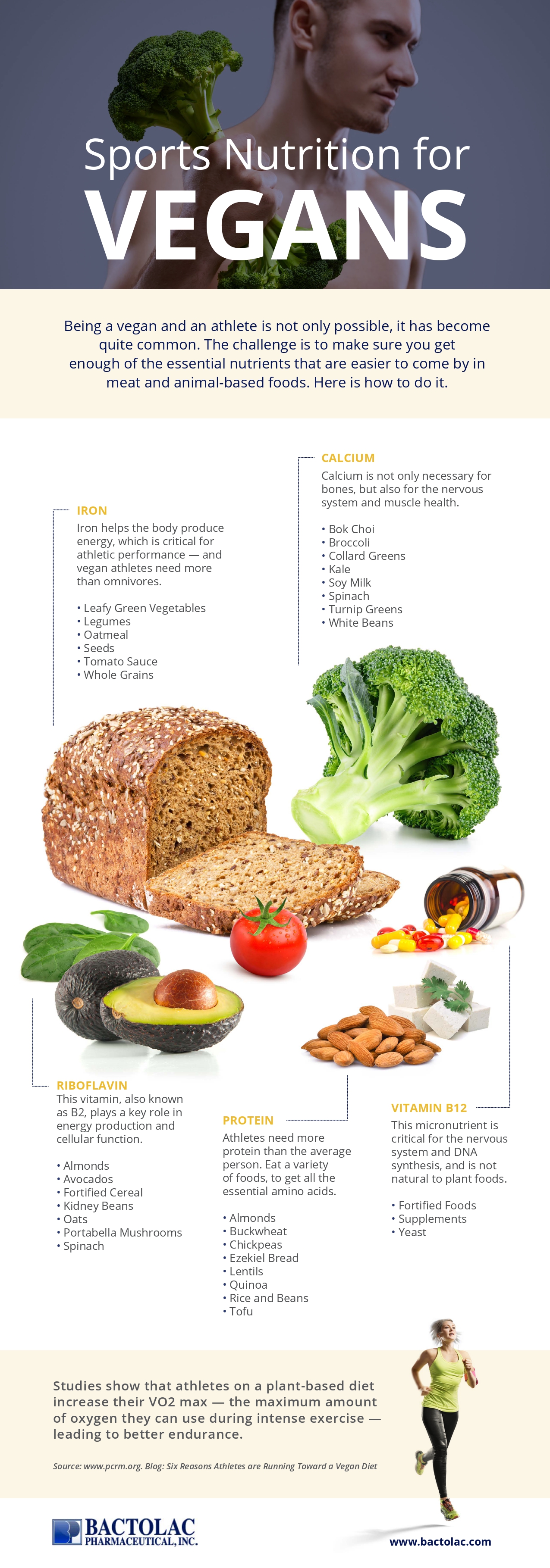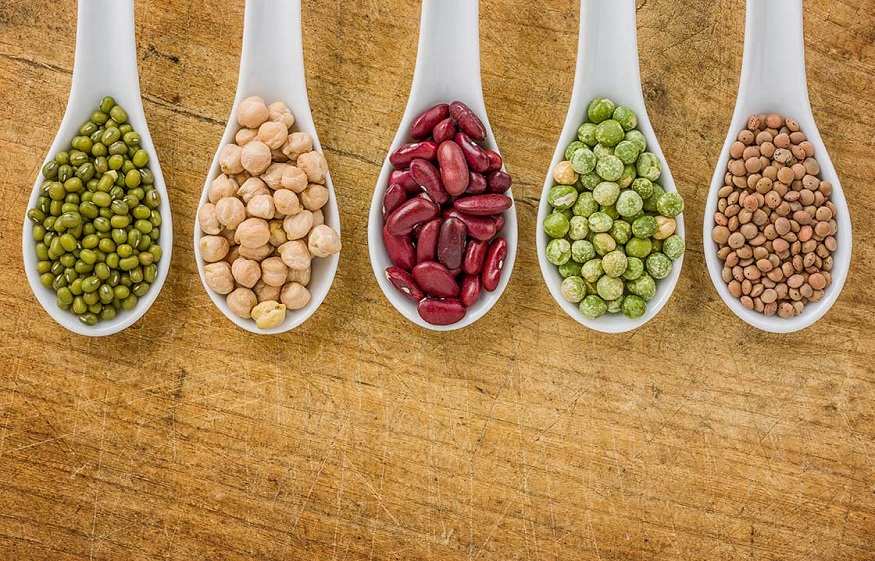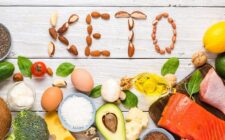Introduction
Protein is essential for a healthy diet. It’s used by your body to build and repair tissues and make hormones and enzymes, but it also helps keep you feeling fuller longer than other nutrients do. Protein can come from animal sources (such as meat, eggs, and fish), but it can also come from plant foods like beans, legumes, nuts, seeds, grains (including quinoa), vegetables (like broccoli), fruits (like bananas),, dairy products like milk or yogurt, tofu—the list goes on! So while protein is important in any diet plan (vegetarian or otherwise), it’s especially important if you’re following a vegetarian or vegan lifestyle because these diets don’t always offer enough protein-rich options on their own. So you can get plant protein from these sources.

Infographic Created By Bactolac Pharmaceutical, Industry-Leading Vitamin Manufacturer
Why Protein?
Protein is one of the three macro nutrients in a well-balanced diet, along with carbohydrates and fats. While you may have heard that protein is the most important nutrient for building muscle, it actually plays a critical role in all bodily functions—from repairing tissue to regulating hormones. Plant based Protein also helps us feel full longer than other foods and at only 4 calories per gram, it is virtually calorie- free!
Our Favorite Sources of Plant Protein
There are a variety of plant protein sources that you can incorporate into your diet.
- Beans: Black beans, kidney beans, white beans and chickpeas are all great sources of plant protein. You can use them in a variety of ways including hummus or as bean dips or spreads for sandwiches. Lentils also add some protein to the mix–and they cook much faster than other legumes!
- Quinoa: This gluten-free grain is high in nutrients like magnesium (important for muscle strength), iron and B vitamins, but low on calories making it an excellent choice for weight loss diets. It has twice as much protein per serving than brown rice so make sure you’re cooking this plant proteinit correctly so that you get maximum nutritional value from each serving without sacrificing taste!
- Nuts/Seeds: With many varieties available from almonds to walnuts to sunflower seeds there’s really no excuse not to add more nuts into our daily diets for a strong boost of plant protein! Just remember that nuts should always be eaten raw; roasted versions will have less nutritional value since they’ve been cooked at high temperatures..
What to Make
Here are some relatively simple recipes to help you get started. You can mixplant protein into them. :
- Smoothie
- Cobb Salad
- Tomato Soup
- Vegetable Stew with Garbanzo Beans and Brown Rice
- Spicy Stir Fry with Tofu and Veggies
Recipes
Here are some simple plant protein recipes to get you started:
- Creamy Black Bean Soup
- Cauliflower Mac and Cheese
- Spinach Basil Pesto Pasta
It is easy to get plant protein!
It is easy to get the best plant protein powder!
The best plant protein powder is a complete plant protein which can have many sources: You can get it from many different sources, including:
- Grains and legumes (e.g., rice, beans)
- Nuts and seeds (e.g., almonds, pumpkin seeds)
- Vegetables that grow above ground (e.g., broccoli, spinach)
- Seaweed
Conclusion
We hope you’ve enjoyed learning about oziva plant protein, and that it has inspired you to try something new! Whether it’s soybeans, black beans or lentils—there are so many ways to get your daily dose of this nutrient. Our favorite way is by cooking up something tasty with one of these recipes. You can add OZiva Organic Plant Protein to any of these recipes. Mix it up in smoothies, add it to soups and garnish it into your salads for that extra boost of plant protein throughout the day.


